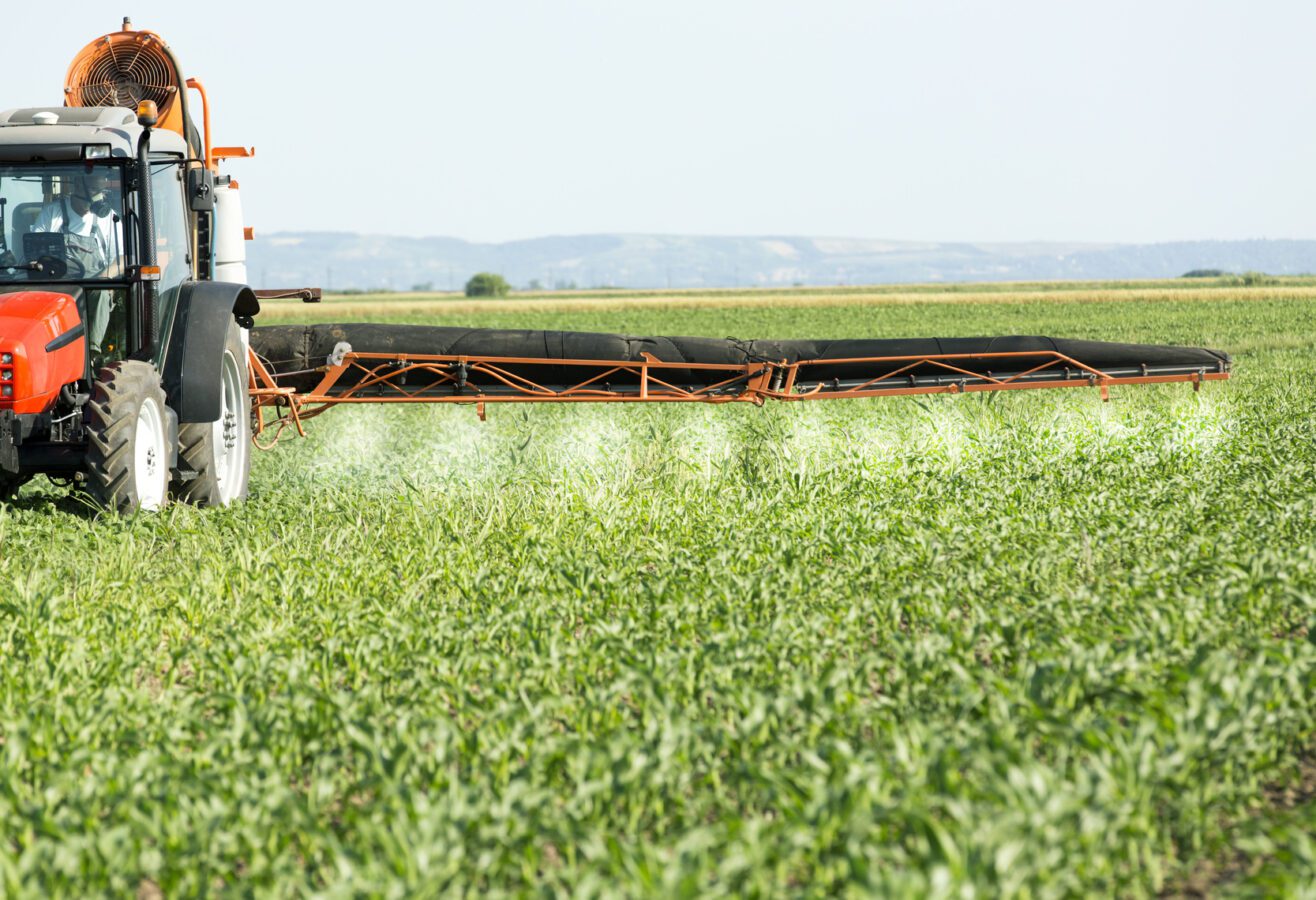Plant protection products (PPPs) are chemical and biological products that are intended to protect plants from damage by animals or diseases such as fungal infestation. PPPs also include products that serve to control plants such as undesirable weeds that grow in the fields. On average, about nine kilograms of PPPs are used per hectare of agricultural land each year. PPPs are thus introduced into the environment in a targeted manner and on a large scale like no other chemical.
The spread of PPPs in the environment takes place via various entry paths. Already during application, which is carried out with the help of spraying equipment, PPPs can also drift into neighbouring areas. In addition, PPPs can enter surface waters through run-off after heavy rainfall and via drainage pipes. For groundwater, seepage again represents a relevant entry pathway. In this way, PPPs also enter soils and waters outside the actual treatment areas and their impact is not limited to the actual treatment area.
For the respective target species, PPPs are toxic as intended. However, due to their broad spectrum of action, a harmful effect on non-target species cannot be ruled out. The degradation of PPPs in the environment is slow and residues sometimes remain in soils and waters for longer periods. The contamination of groundwater with PPPs is currently declining, as certain active substances have been banned for years or decades and are slowly degraded in groundwater. On the other hand, the number of active substances and degradation products found in currently approved PPPs remains constant. However, the significance of such surveys is limited by the fact that the selection of monitoring sites is restricted or the detection limits of the available methods are insufficient. Often the actual contamination is much higher than assumed in the authorisation of PPPs, as targeted investigations in surface waters on agricultural land have shown.
European agricultural policy has set itself the ambitious target of reducing the use and risk of hazardous pesticides in the EU by 50% by 2030. Minimising the use of pesticides and developing more environmentally friendly measures for a high crop yield will therefore be a major challenge in the future.
The protection of soil and groundwater is a common goal of all members of the MuP Group. Engineering for a better tomorrow.


